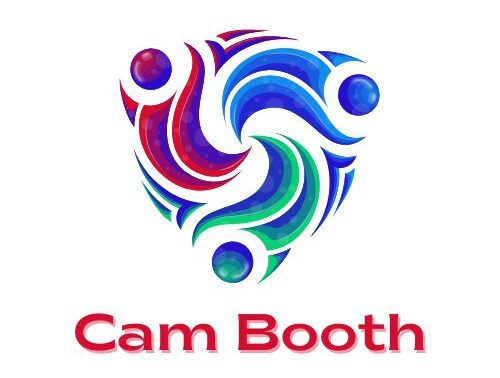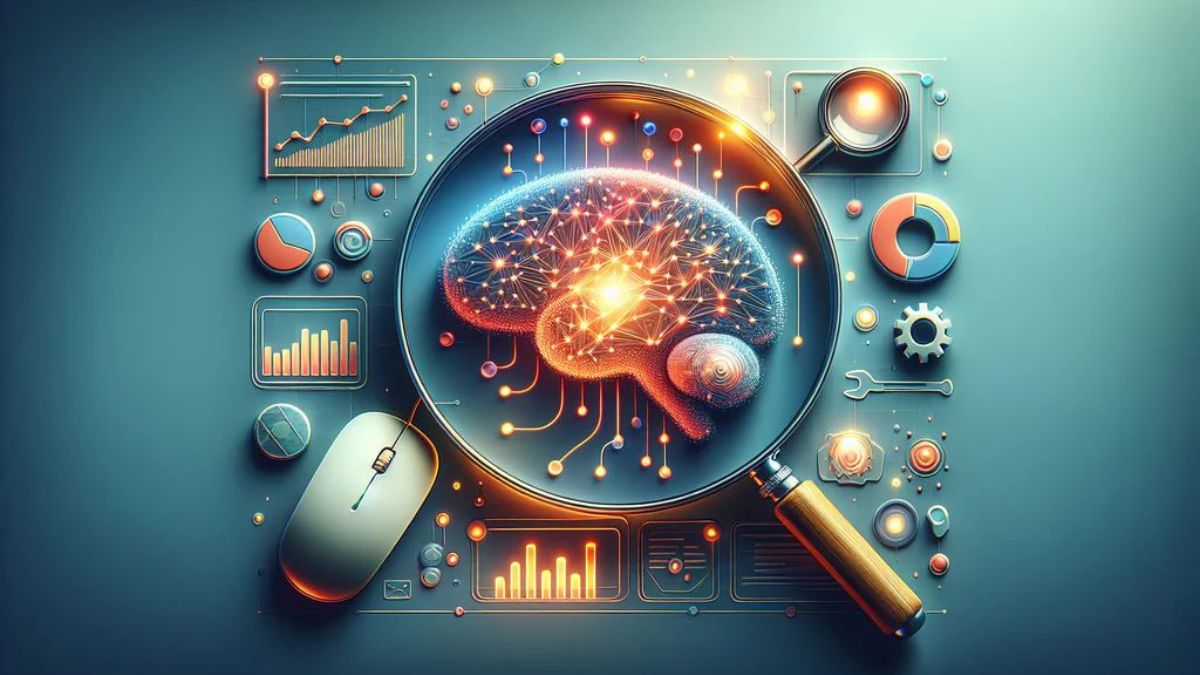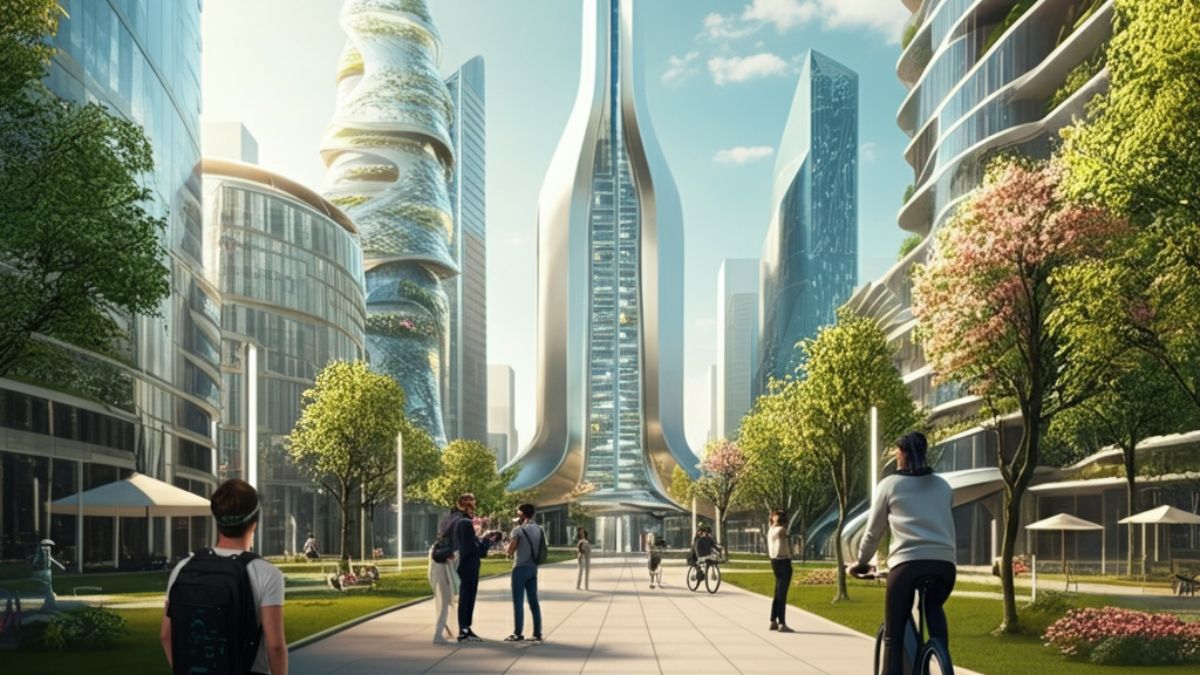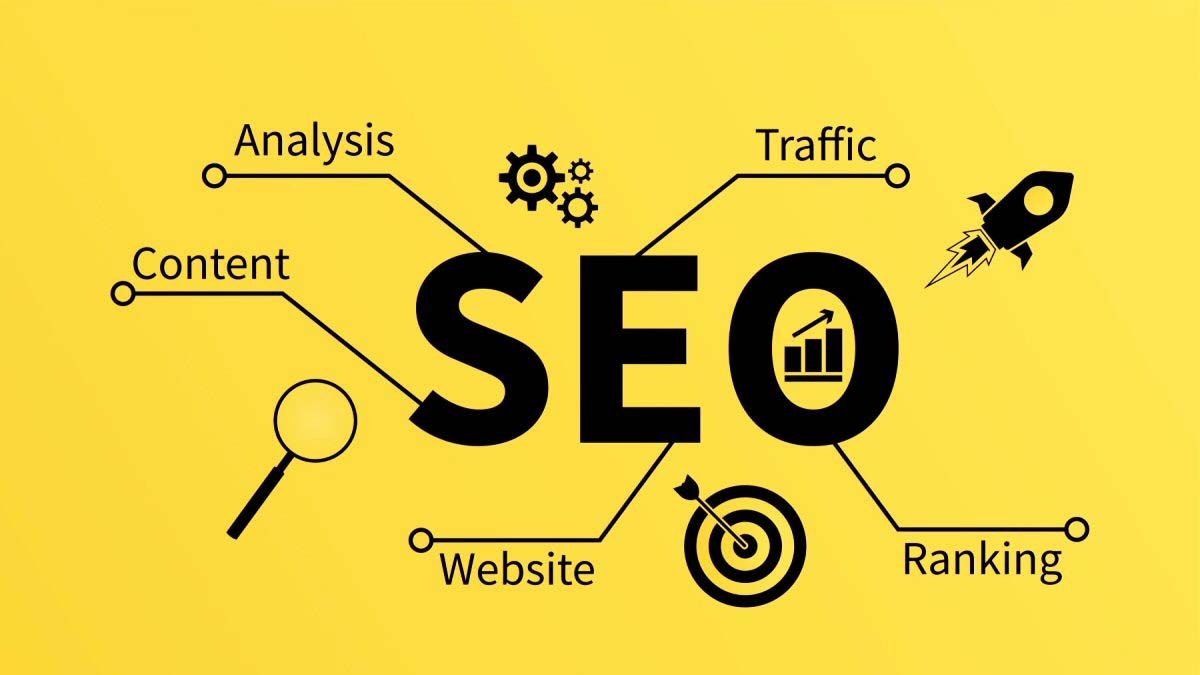With 2025 just around the corner, we’re beginning to see how global shifts, emerging technologies, and consumer preferences will shape the way we live, work, and connect in the years to come. From prioritizing sustainable practices to redefining wellness, lifestyles are evolving at an exciting pace. This blog explores the top lifestyle trends poised to make a significant impact in 2025, helping you stay ahead of the curve and adapt to the changing times.
Whether you’re looking to adjust your business strategy, understand new consumer behaviors, or simply prepare for the future, this guide breaks down key trends to watch and what they mean for everyday life.
Sustainability Becomes Second Nature
The Rise of Circular Economies
Sustainability is no longer a trend—it’s becoming a way of life. Circular economies, where products are designed for reusability and minimal waste, are gaining steam. By 2025, more consumers are expected to demand brands that adhere to eco-conscious practices. Whether it’s upcycled fashion, zero-waste packaging, or local sourcing, sustainability will be embedded into how we buy and consume.
Example: Brands like Patagonia and Levi’s are setting benchmarks by offering repair services and secondhand product options. Expect more companies to adopt similar practices to stay competitive.
What It Means for You: If you’re a consumer, keeping up with this trend means exploring brands that take sustainability seriously. For businesses, incorporating eco-conscious products and services will be essential in retaining customer loyalty.
Sustainable Living at Home
Eco-friendly living will extend into our homes, too. Solar-powered smart appliances, urban gardening kits, and energy-efficient home tech will be staples in 2025 households. People are increasingly looking for ways to reduce their carbon footprint while saving on energy bills.
Take Action: Consider installing smart home devices or transitioning to renewable energy sources such as solar panels to align your home with these sustainable goals.
Wellness Goes Digital and Personalized
Telehealth and Virtual Wellness Practices
The convergence of wellness and technology is unlocking new avenues for healthy living. With the global telehealth market expected to surpass $300 billion by 2025, virtual consultations, mindfulness apps, and digital fitness training will continue to thrive. Convenience, accessibility, and personalization are key drivers behind this trend.
Major Players: Apps like Calm and MyFitnessPal are already delivering adaptive wellness journeys, and health-tech devices, such as smartwatches, are becoming indispensable for tracking fitness and vitals.
Tip for 2025: Explore technology that empowers you to care for your health seamlessly—whether it’s wearable devices, virtual fitness classes, or AI-driven nutrition plans.
Personalized Wellness Journeys
Gone are the one-size-fits-all wellness programs. People are seeking hyper-personalized health solutions, tailored to their DNA, habits, and preferences. From genomic-guided diets to wearable tech that tracks cortisol levels, expect innovation that makes wellness feel uniquely yours.
Examples: Personalized meal kits (nourished by AI-driven suggestions) and wearable patches that provide nutrient tracking are on the horizon.
For Businesses: If you’re in the health and wellness industry, prioritizing personalized solutions can open up new opportunities for customer engagement and innovation.
Nomadic Lifestyles Redefined
The Digital Nomad Revolution
Remote work, a trend that started during the pandemic, is evolving into lifestyle mobility. The concept of “work-from-anywhere” will dominate as individuals combine professional responsibilities with their aspirations for travel and exploration.
With tools like Starlink driving global internet coverage and digital coworking platforms gaining traction, the barriers to remote living are virtually disappearing. Co-living spaces and countries issuing digital nomad visas signify how work and lifestyle are blurring in 2025.
Travel Tip: Locations like Bali, Portugal, and Estonia are already hotspots for digital nomads, with infrastructure designed to support this way of life.
Short-Term Living with Long-Term Trends
At the same time, people are leaning toward “short-term anchored living.” This entails more frequent changes in residences but keeping certain constants like remote jobs or subscription-based housing solutions.
Quick Takeaway: Airbnb is already eyeing this market heavily by enhancing long-term rental options, while startups like Outpost cater to traveling professionals.
The Subscription Economy Dominates
Everything as a Subscription
Subscriptions are no longer restricted to Netflix and Spotify. By 2025, people will subscribe to nearly every aspect of daily life, from clothing and meal kits to transportation and home essentials like furniture.
The convenience of recurring deliveries combined with personalized experiences has turned this model into a lifestyle staple. For businesses, offering subscription services represents an opportunity for consistent revenue while delivering value on an ongoing basis.
Examples: Companies like Rent the Runway (fashion) and Lume Deodorant (eco-friendly hygiene products) are fine-tuning how daily needs can become accessible, scalable, and innovative through subscription models.
Plan Ahead: Make the most of subscription-based models that align with your consumption patterns, especially for products you rely on regularly.
The Rise of AI in Lifestyle Choices
AI-Driven Decisions
Consumers are increasingly turning to AI to make everyday decisions, whether it’s as simple as choosing recipes based on dietary needs or as complex as planning personalized educational paths. Virtual assistant technology and machine learning algorithms are evolving to guide us through life’s choices.
- Shopping: Smart assistants will help you find deals, suggest products, and even automate purchases based on your habits.
- Recommendations: AI is transforming how we decide what to watch, read, or do next. Think of smarter Netflix-like suggestions across industries.
Impact on Us: Whether you’re a consumer or a business, leveraging AI to streamline decision-making processes will be crucial as this trend passes the tipping point in 2025.
AI’s Creative Assistance
Beyond functional tasks, individuals are using AI to enhance creativity. From designing interiors to editing photos, collaboration between humans and AI will unlock possibilities that are hard to imagine today.
Example: Platforms like Jasper (for writing) and Canva’s Magic Design features are empowering individuals to execute projects with AI finesse.
Get Ahead of the 2025 Lifestyle Wave
Life in 2025 will be defined by innovation, personalization, and sustainability. Trends like AI-driven decisions, digital wellness, and the subscription economy will change how you interact with the world. Whether it’s adopting greener choices in daily life or leveraging tech for better health and convenience, the world is shaping up to be smarter and more connected than ever.
If you’re ready to take your next step into the future, get involved. Start by exploring how businesses and individuals alike can adapt to these trends with confidence.
FAQs
Q: What are AI-driven decisions?
A: AI-driven decisions refer to choices and actions guided by artificial intelligence. These systems analyze data patterns, provide recommendations, and automate processes, making everything from daily tasks to business operations more efficient and personalized.
Q: How will digital wellness impact daily life?
A: Digital wellness emphasizes maintaining a healthy technology-life balance. This includes using digital tools responsibly, reducing screen time, and leveraging apps or platforms that promote mental health, mindfulness, and productivity.
Q: What is the subscription economy?
A: The subscription economy involves accessing products and services through subscription models rather than one-time purchases. Examples include streaming platforms, meal kits, or electric vehicle subscriptions, offering convenience and flexibility to consumers.
Q: How can I adopt greener choices in daily life?
A: You can adopt greener choices by reducing waste, using energy-efficient appliances, supporting sustainable brands, and incorporating habits like recycling, biking, or choosing plant-based diets. Small changes can collectively make a big impact.
Q: How do these trends shape personal and professional lives?
A: These trends enable individuals to live smarter, healthier, and more sustainable lifestyles. They also drive innovation in the workplace, encouraging businesses to adopt flexible, tech-driven, and environmentally-conscious practices to stay competitive.











